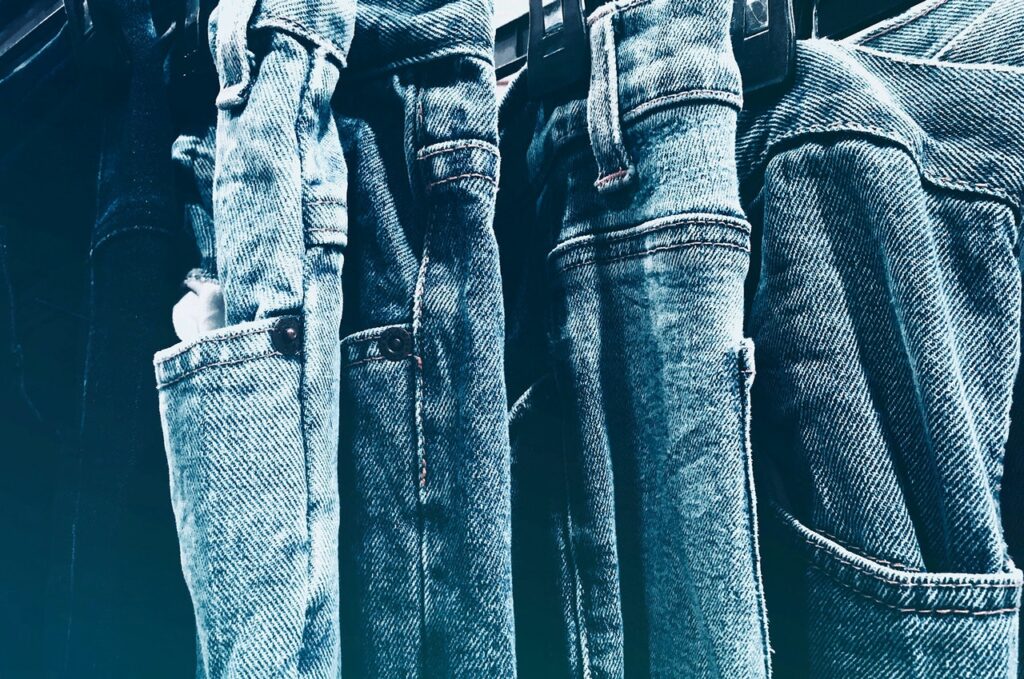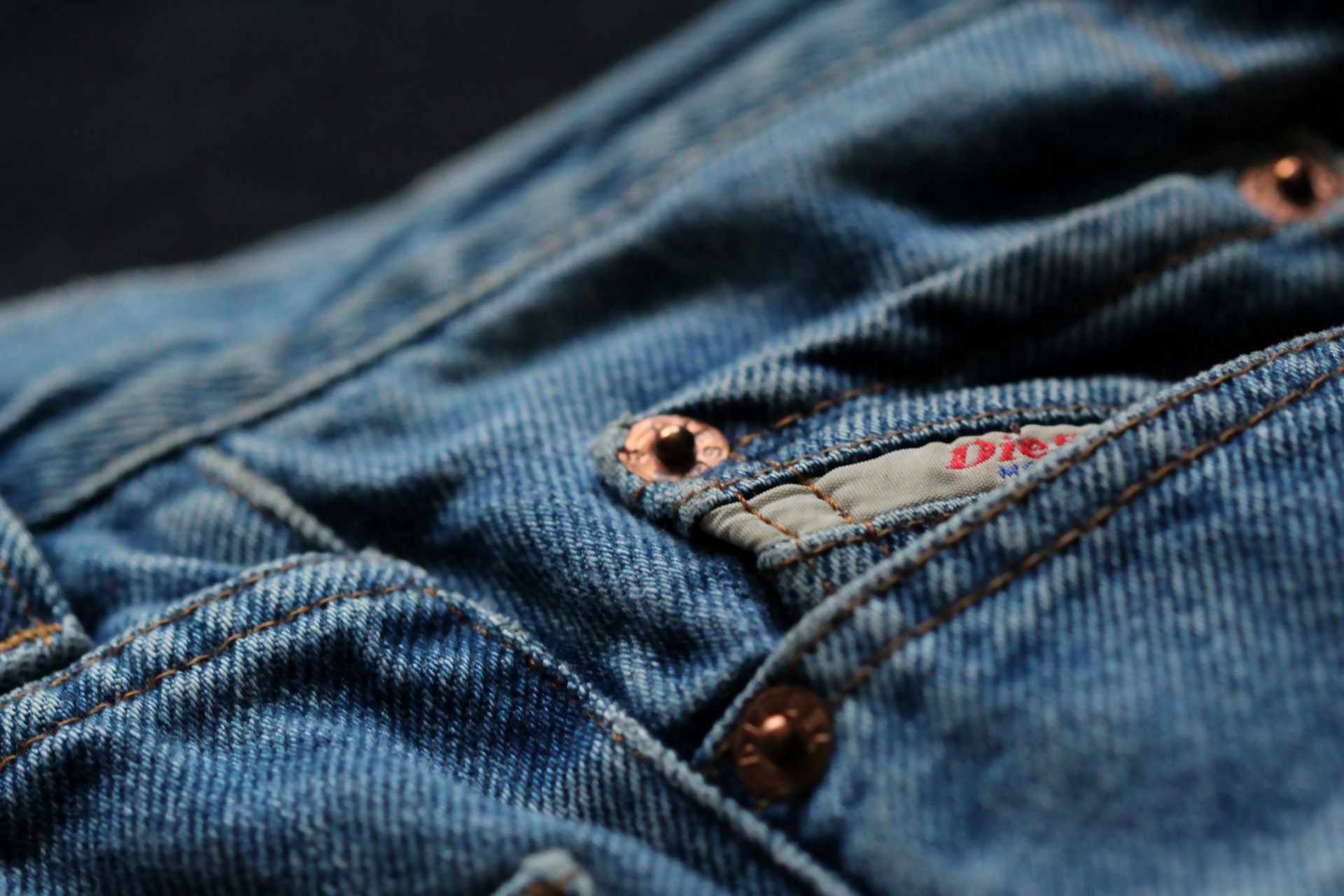Reading Time: < 1 minutes
- Denim (a sturdy cotton fabric) originated in the 1800s in the French town of Nîmes.
- In French, it was called serge de Nîmes, i.e., Serge (a special kind of fabric) from Nimes, and that is how it got its name De-Nim.
- Denim was primarily worn by labourers because they were sturdy and durable.
- And while it had existed for a while, denim gained popularity in 1871 when a tailor named Jacob Davis put rivets on denim pants.
- These rivets (small buttons) were put on stress points — areas that endured the most strain, such as pocket corners and the base of the fly.
- His invention became so popular that he couldn’t meet the demand with the production capacity of his small shop.
- So, he moved his production to the facilities of dry goods wholesaler Levi Strauss & Co., which had been a supplier of fabric to Jacob Davis.
- In 1873, Jacob and Levi Strauss—now business partners—patented the riveted trousers.
- Davis and Strauss were clear that the stand-out features of denim were durability and comfort.
- And it was because of these features that they chose the blue colour.
- You see, when exposed to hot water, most dyes permeate the fabric and get integrated into the fibres.
- On the other hand, the indigo blue dye sticks only to the outside of threads (see this image for a close up).
- And in hot water, this dye gradually fades instead of seeping deeper into the material.
- Also, as this dye washes, it takes tiny amounts of thread away with it.
- This outcome would be undesirable with more delicate clothing items, but it works perfectly for denim.
- Because the denim material is stiff, to begin with, losing some threads softens it to give it a worn-in feel (making it more comfortable with each wash).
- The random loss of colour/thread also individualises the colour, creating a unique fade pattern for the wearer (the most desired feature for the modern-day user).
Also Read:
How did Levi’s 501 become the most iconic jeans in the world?
Why pockets in women’s clothing are smaller than those in men’s?
Image courtesy of Neosiam through Pexels
Reference shelf :











